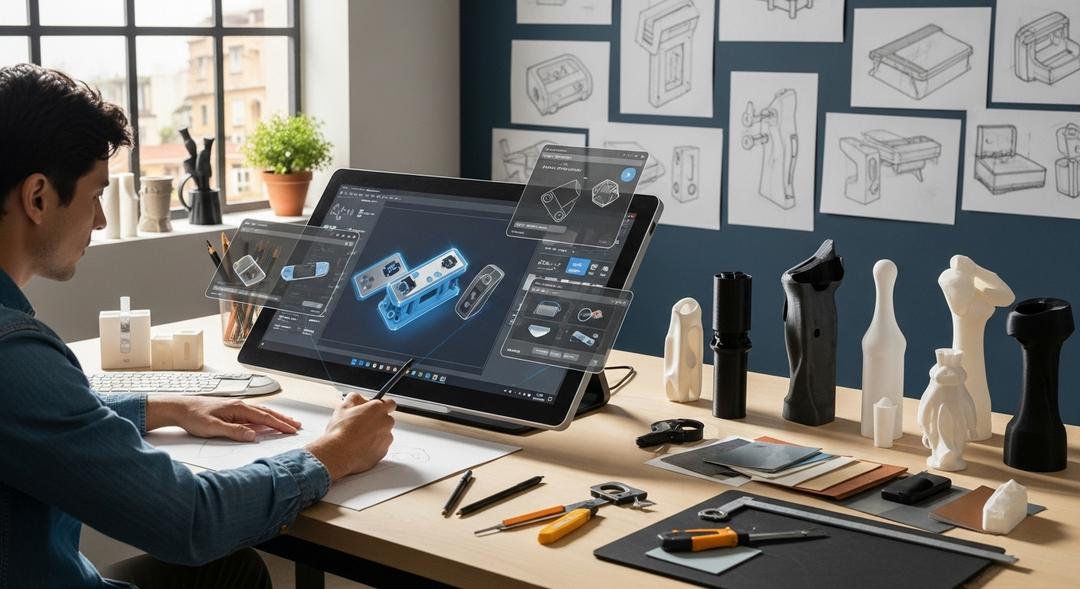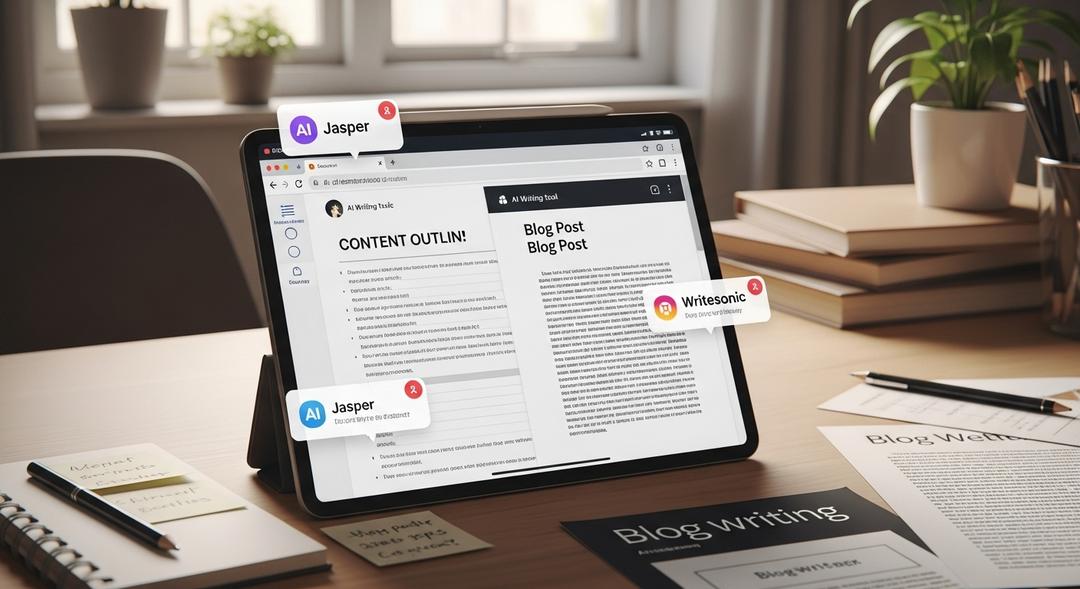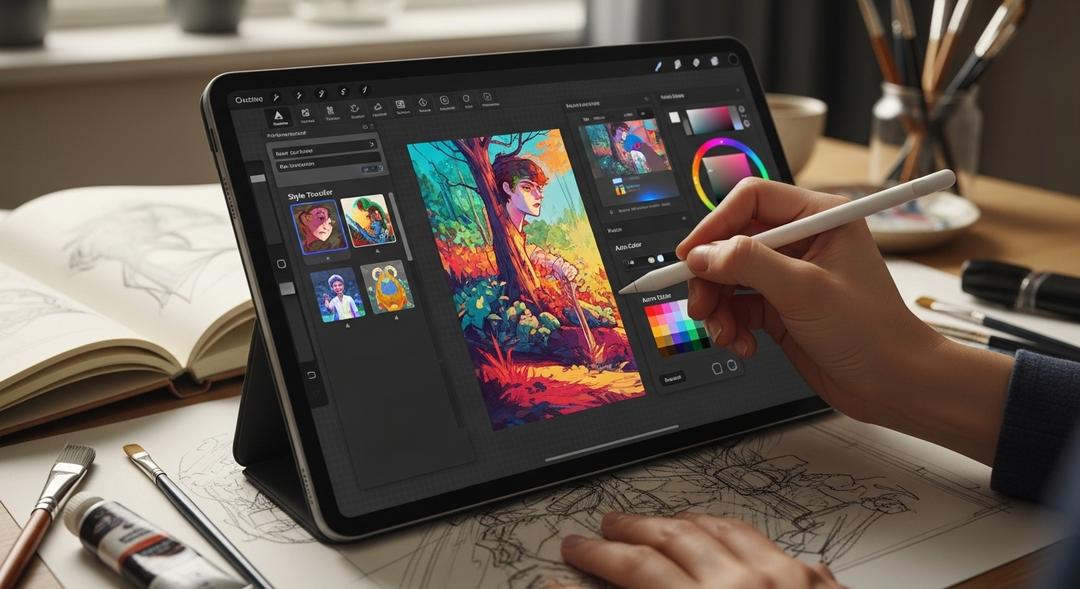Design products AI tools are reshaping how professionals handle all aspects of design, from rapid prototyping to detailed usability testing. Whether you are working solo or as part of a team, these advanced platforms add efficiency and spark greater creativity throughout every project.
Through automation of repetitive steps and intuitive interfaces, the best AI design tools provide a clear path to streamlining workflows. Designers can dedicate more energy to innovation and delivering an outstanding user experience.
What are the benefits for using Design Products AI Tools
With the right design assistance platform, professionals save significant time and boost design accuracy. Teams benefit from faster iteration cycles and consistently higher-quality outcomes.
- Productivity climbs as routine design tasks become automated
- Remote or distributed teams collaborate with greater ease
- High-quality results are ensured for both prototypes and final designs
1. Figma AI
Features
- Smart design suggestions that make layout design quicker
- Team members work together in real time for maximum agility
- Prototyping and developer handoff combined in one platform
- Easily extended with plugins for more automation
Pros
- Makes complex projects manageable for designers of any skill
- Stakeholders give live input and co-edit in real time
- Universal flexibility to adapt for many different design tasks
- Always up to date and accessible since it’s web-based
Cons
- Needs a steady internet connection to perform smoothly
- Vast feature range may overwhelm some users at first
- Certain advanced options require plugins
Pricing: Figma has a no-cost plan for individuals and subscriptions for professionals and organizations.
2. Canva Magic Studio
Features
- Create and edit designs fast using predictive features
- Browse a wide asset library for quick, drag-and-drop design
- Templates and the Magic Resize tool speed up the process
- Seamless experience across web and mobile devices
Pros
- Accessible and intuitive for any skill level
- Large variety of templates, graphics, and elements
- Instant resizing and formatting with one click
- Works for both image and video designs
Cons
- Limited design flexibility compared to specialized platforms
- Some free assets have watermarks
- Advanced team capabilities need a paid subscription
Pricing: Canva provides a free plan, with additional features accessible through Pro and Teams subscriptions.
3. Galileo AI
Features
- UI designs created instantly from text prompts
- Produces editable Figma files for smooth handoff
- Suggestions adjust to your design goals and intentions
- Makes concepting and mockup creation fast and easy
Pros
- Excellent tool for brainstorming and rapid prototyping
- No complicated setup or steep learning curve
- Clients appreciate immediate, visually polished results
Cons
- Most effective for user interface, not all design types
- Works best with detailed, clear instructions
- Continues to expand design options and flexibility
Pricing: Galileo is available through various subscription options for different types of users.
4. Framer AI
Features
- Quickly build layouts and websites with everyday language commands
- Edit frame by frame while keeping design systems in sync
- Includes hosting features for immediate launches
- Libraries of interactive elements with motion effects
Pros
- Ideal for quick launches of landing pages and sites
- Combines design and development in a single workspace
- View and publish projects instantly
Cons
- Some features may require technical know-how
- Export methods are more restricted than with conventional tools
- Best collaboration tools are reserved for premium users
Pricing: Framer can be used for free with essential features; advanced projects have subscription pricing.
5. UXPin Merge
Features
- Synchronizes design elements directly with the codebase
- Prototypes are interactive and based on real code
- Works with Git repositories for easier automation
- Conditional logic and variable support brings prototypes closer to reality
Pros
- Ensures pixel-perfect consistency from code to design
- Accelerates project completion and clarifies requirements
- Prototypes closely match the finished product
Cons
- Setup is more involved for non-technical users
- Requires an established design system for top results
- Freelancers may find the price challenging
Pricing: As a premium feature, UXPin Merge has a tiered pricing model for startups and larger companies.
6. Uizard
Features
- Converts sketches and written briefs into professional digital prototypes
- Creates and adapts themes to match project requirements
- Simple drag-and-drop editing tools
- Guided transitions from ideas to prototypes with intelligent suggestions
Pros
- Boosts collaboration during early design stages
- Makes it easy for non-designers and groups to move quickly
- Supports app and website prototyping for multiple platforms
Cons
- Customization options are less extensive than major design software
- Exporting some files requires payment
- Focused more on initial drafts and brainstorming
Pricing: Uizard can be used free with core features; advanced tools require a paid subscription.
7. Maze
Features
- Test usability of digital prototypes in moments
- See how users interact with designs via real-time analytics
- Create tests quickly with clear templates and interfaces
- Works well with Figma, Adobe XD, and more
Pros
- Helps test ideas and validate before full-scale development
- Reports are easy to understand and act upon
- Supports remote studies and sourcing test subjects
Cons
- Deeper analytics require a premium account
- Some learning required for new users
- Dependent on importing design files from other platforms
Pricing: Maze includes a limited free plan, with paid upgrades for teams in need of comprehensive analytics.
8. Khroma
Features
- Personal color palettes tailored to designer taste
- Smart algorithms recommend combinations from a vast library
- Instant access to hex and RGB codes for easy use
- Save and review favorite color sets on an organized dashboard
Pros
- Excellent for exploring unique color schemes
- Reduces experimentation time on color matching
- Supports consistent branding across multiple projects
Cons
- Focuses on color palette generation only
- Web-based with no offline support
Pricing: Khroma is currently offered at no cost.
9. Magic Patterns
Features
- Builds ready-to-use UI components and pattern libraries
- Edit code snippets for fast deployment
- Adjustable themes for on-brand consistency
- Compatible with major front-end frameworks
Pros
- Speeds up project handoff to development teams
- Templates and components adapt quickly to various projects
- Export options available for both styling and code
Cons
- Customization depth depends on chosen frameworks
- Some integrations need code knowledge
Pricing: Magic Patterns has limited features for free and unlocks more with a premium license.
Conclusion
The selection of design products AI tools continues to grow, giving creative professionals advanced options to support everything from early ideas to refined user research. These platforms boost collaboration, speed up processes, and inspire innovative solutions in today’s competitive landscape.
By considering your workflow requirements and taking advantage of the best AI image editing tools and design assistants, you can transform your creative process. Rapid iteration, efficient teamwork, and consistent results are now more available and cost effective than ever for modern designers.








